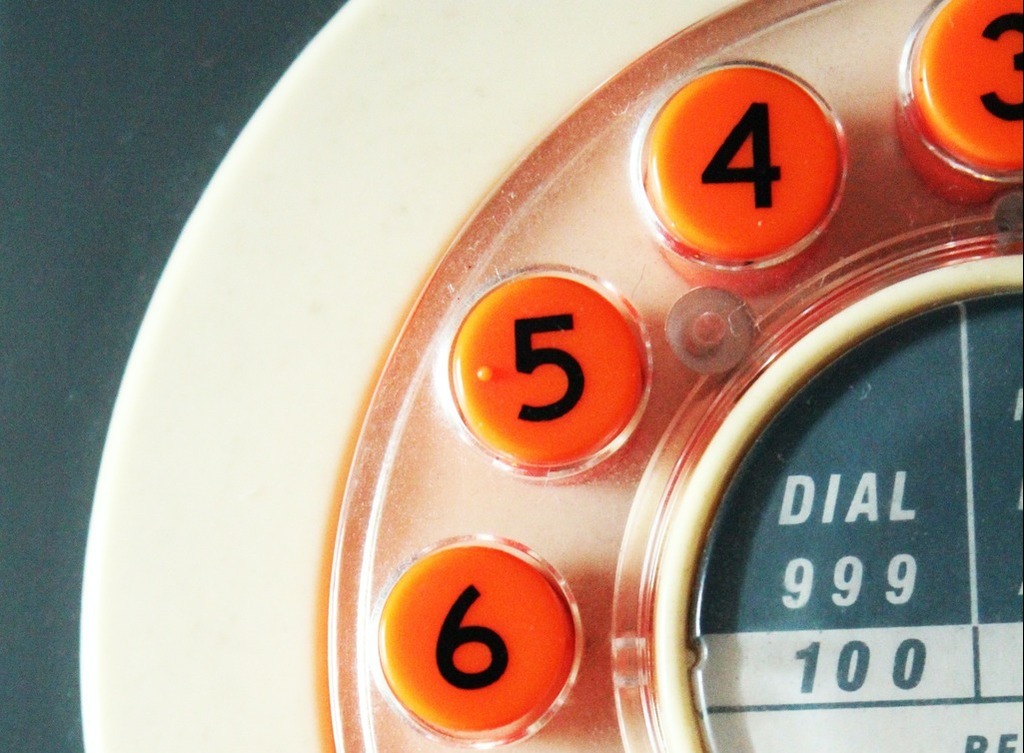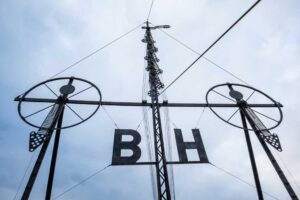Unless you were born after the turn of the century, there’s a good chance you remember the peculiar sound made by a 56K dial-up modem.
Eeeeeee.
Pagggghhh.
Bwaaaa-ba-bap-bap-bap.
And, with that, you were connected to the internet. But not for long — chances are, someone else would want to make a telephone call in your household, and you’d have to disconnect.
Today’s always-on, speedy internet — and tomorrow’s ultrafast, everywhere-at-once 6G internet — are easy to take for granted. But those of us who lived through the Nineties recall how much of a process it was to get online.
How did cranky, creaky, sluggish dial-up service become the norm? And can you still get it in 2023?
The history of dial-up
Dial-up modems, while out of date today, were cutting-edge tech at one point. Their heritage dates back to the 1950s, when the first modems (short for modulator-demodulators) were developed by the U.S. military to transmit data between radar sites, command centers, and airbases.
At that time, leased lines were typically used to connect teleprinters across great distances. What made modems innovative was that they allowed ordinary (and much cheaper) public telephone networks to be used instead.
Just a year after the term modem was coined in 1958, the first commercially available modem hit the United States market: the Bell 101. It was shockingly slow by modern standards, at 110 bits per second. But the technology evolved quickly. By 1962, Bell Labs released a modem that was capable of 300 bps.
This modem model, the Bell 103, led to another technological innovation that’s been lost to time: the acoustic coupler. It was a cradle connected to your modem and computer into which you placed your phone’s handset. With the help of the coupler, digital data could be encoded as auditory signals and sent over phone lines — allowing computers to mimic human speech and literally talk to one another.
The acoustic coupler was a major leap forward, permitting people to communicate outside the telephone companies’ rules and regulations. (At the time, they owned both the nation’s phone lines and the phones inside every home and business.)
Revolutionary though it may have been, the acoustic coupler was hamstrung by the modems that were available. Modem speeds of 300 bps remained the standard until the early 1980s, when a modem device called the Hayes Smartmodem was invented.
The Smartmodem didn’t just automate answering and dialing at a much lower price point than other modems. It also promised more speed: with the Smartmodem 1200 (1200 bps) arriving in 1982 and the Smartmodem 2400 (2400 bps) coming three years later.
Modems quickly became a commodity product, plummeting in price to such an extent that Hayes was forced out of business. But their loss was society’s gain, with newly affordable modem connections allowing more people than ever to get online.
In the early Nineties, modem speeds made another jump with the invention of new technology called PCM, for pulse-code modulation. PCM leveraged a new algorithm for faster downloads, allowing speeds to reach the 56K (56,000 bps) mark.
Dial-up uses: Why you might want dialup today
56K is as good as dialup modems got. The emergence of broadband in the 2000s all but ended innovation in the modem space.
With today’s broadband speeds at least 400x higher than dialup (a broadband connection, by definition, delivers speeds of at least 25 Mbps), is anyone still relying on a dial-up connection in 2023?
The answer, surprisingly, is yes. In 2021, the Census Bureau estimated that more than 375,000 people were using dialup internet services to get online. That’s about 1/1000 the U.S. population, but it’s not nothing.
So what’s prompting the use of a technology that dates back to the Sixties?
A lack of other connectivity options.
Telecom companies have made great strides in extending broadband to nearly everyone in the U.S., but some rural areas still lack broadband connections. For people in these places, dialup may be the only way to get online.
Affordability.
Dialup internet is available for just a few dollars a month, allowing low-income consumers to access the internet at prices they can afford. Some providers even offer internet users limited-access plans (e.g., 10 hours of internet per month) for free.
Industrial communications.
Dialup is a good fit for technologies that need only intermittent internet connections and limited bandwidth, such as irrigation systems, security monitoring devices, digital signs, and traffic signals.
Broadband backup.
IT professionals may use dialup as a fallback in the event of network outages. Hardwired modems can provide reliable connections to serve as an alternative means of controlling networking or infrastructure equipment.
Where you can get dial-up internet service in 2023
Dial-up systems subscribership peaked in 2001, when 41% of American households had a dialup internet connection.
Today, it’s not easy to find an internet service provider that offers a dial-up service plan. But a handful have clung on:
Two names you might remember from the Nineties, Juno and NetZero continue to offer dial-up and digital subscriber line (DSL) internet service — including a free internet plan providing 10 hours of access per month at slower download speeds. The paid plan costs $15.95 per month for unlimited service. (The two companies have the same corporate parent.)
AOL
Once synonymous with dialup internet, AOL has all but wound down its internet business. A CNBC report from 2021, quoting the company, said their dialup subscriber count was in “the low thousands.” Still, if you subscribe to AOL’s identity-protection and support services, you also have access to AOL dialup. You can even order a CD-ROM to install AOL’s software on your PC, just like in the good old days.
Not many details exist about TurboUSA, but they are a real company offering more than 25,000 local access numbers in multiple area codes, as well as US-based tech support. Surprisingly, their website doesn’t offer any information about pricing. You have to sign up for a personal account to get this info.
Based in Ohio, Copper.net offers unlimited residential dial-up internet access for $8.25 per month ($99 annually). Like TurboUSA, it provides onshore tech support.
Dialup 4 Less offers two consumer internet plans: an unlimited option for $12.95 per month and a 25-hour option for $8.95 per month. It also offers corporate dialup internet and backup dialup internet plans — to, e.g., serve as a failover for retail point-of-sale systems.
BasicISP is very similar to TurboUSA, Copper.net, and Dialup 4 Less. It offers an unlimited residential plan for $8.95 per month, as well as onshore tech support and free email addresses.
Did we miss any ISPs still offering dialup internet options? Let us know on social media @illumyinc.
Photo by Keiron Crasktellanos on Unsplash.


